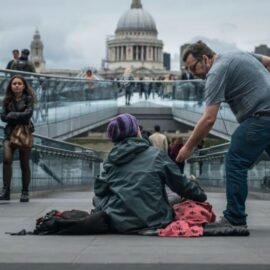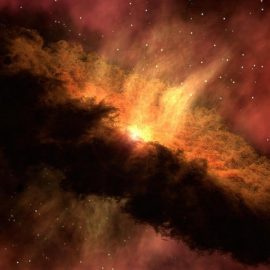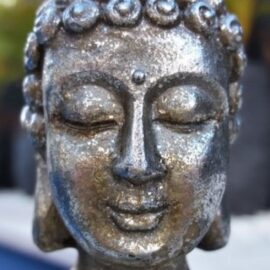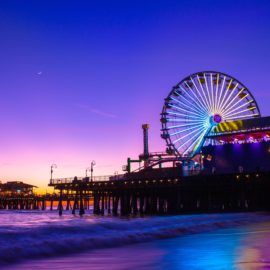
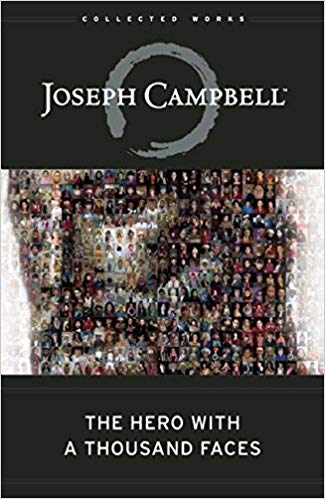
This article is an excerpt from the Shortform summary of "The Hero with a Thousand Faces" by Joseph Campbell. Shortform has the world's best summaries of books you should be reading.
Like this article? Sign up for a free trial here .
What is stage 13 of Joseph Campbell’s hero’s journey? What is the significance of the “magic flight”?
The magic flight is the stage of the hero’s journey in which the hero’s return home is marked by a chase as the gods seek to regain the elixir that has been stolen from them. The magic flight is stage 13 of Joseph Campbell’s hero’s journey, from The Hero with a Thousand Faces.
We’ll cover what the magic flight entails and look at two examples of the magic-flight stage of the hero’s journey.
The Magic Flight: Hero’s Journey Stage 13
If the hero has won the Ultimate Boon through trickery or manipulation of the gods, their return home may be marked by a chase as the gods seek to regain the elixir that has been stolen from them. This is the magic flight.
In a tale from Siberia of the magic flight of the hero’s journey, the original shaman, Morgon-Kara, is said to have possessed the power to bring souls back from the dead. The High God decides to challenge Morgon-Kara by getting hold of the soul of a man, putting it in a bottle, and hiding the opening of the bottle with his thumb. The man becomes sick and his family seeks out Morgon-Kara to help heal him. After searching high and low for the missing soul, Morgon-Kara sees that the High God of Heaven is holding the man’s soul hostage in the bottle. Morgon-Kara then transforms into a wasp and stings the High God, causing the latter to jerk and move his thumb from the bottle’s opening, thereby freeing the captive soul. Angry at this ruse, the High God splits the shaman’s drum, limiting his power forever.
Sometimes, the hero will use decoys to delay or confuse the pursuer during the magic flight. In a legend of the Maori people of New Zealand, a fisherman’s wife swallows the couple’s two sons. He uses magic to force her to vomit the boys out, then uses other spells to further hamper his ogre/wife. When she goes to fetch water, he causes the water to retreat away from her. When she calls out for the man and his sons in pursuit of them, he causes the trees and huts of the village to speak back to her, causing great bewilderment on her part. This distraction enables the man and his sons to escape in a canoe.
Outside Intervention
Sometimes during the magic flight of the hero’s journey, the hero will require aid from a third party in order to return home from the realm of the supernatural. The hero, indeed, may need to be rescued himself.
The Eskimos tell the story of Raven, who ventured into the belly of a whale with fire-sticks, where he meets a beautiful girl. This girl is, in fact, the soul of the whale. Raven also notices a strange tube running along the backbone of the whale, dripping oil. The oil is delicious, and because he’s impatient for more, he rips off a piece of the tube, killing the whale and causing oil to pour into the belly. The girl never returns—he has extinguished the whale’s soul. The whale washes ashore, where the villagers carve up pieces of it to take home as food and fuel, freeing Raven from his captivity inside the beast. Raven uses his fire-sticks to force his way out of the whale (a symbol of rebirth). The villagers look at him curiously. When they find the fire-sticks he has left behind, Raven tells them that fire-sticks found inside a whale are a deadly omen. The villagers flee, leaving Raven to enjoy all the whale-meat for himself.
In a legend from Japan that demonstrates the magic flight, the sun goddess Amaterasu retreats into a cave in fear, depriving the world of light. Her fellow gods devise a plan to entice her to come out. They cause roosters to crow, bonfires to be lit, and liturgies to be recited, making Amaterasu think that her retreat into the cave has had no ill effect and that the world is carrying on merrily as before. As she emerges, the gods hold a mirror up to her (symbolic of the world, which is reflected in her light) and tie a rope behind her around the entrance to the cave, telling her that she can retreat into the cave no further than the line of the rope. This is the origin of sunrise and sunset, the daily retreat and emergence of the sun goddess.
The Magic Flight Example: The Escape of Inanna
If you recall, the Sumerian goddess Inanna descended into the underworld, guarded by her sister/double Ereshkigal. When she goes down, she leaves instructions for her messenger Ninshubur to rescue her if she fails to return. When we left her, she was left to face the seven judges of the underworld, as she stood naked before them. The judges turn Inanna into a snake and then fasten her to a stake, where they leave her for three days and three nights.
Alarmed, Ninshubur puts Inanna’s rescue plan into action. He goes to the god Enki, who creates two sexless creatures who bring the food of life and the water of life to sprinkle over Inanna’s corpse. This causes Inanna to rise up and ascend from the underworld, with an army of demons at her side, with whom she wanders through the streets of all the cities of Sumer.
———End of Preview———

Like what you just read? Read the rest of the world's best summary of "The Hero with a Thousand Faces" at Shortform . Learn the book's critical concepts in 20 minutes or less .
Here's what you'll find in our full The Hero with a Thousand Faces summary :
- How the Hero's Journey reappears hundreds of times in different cultures and ages
- How we attach our psychology to heroes, and how they help embolden us in our lives
- Why stories and mythology are so important, even in today's world

